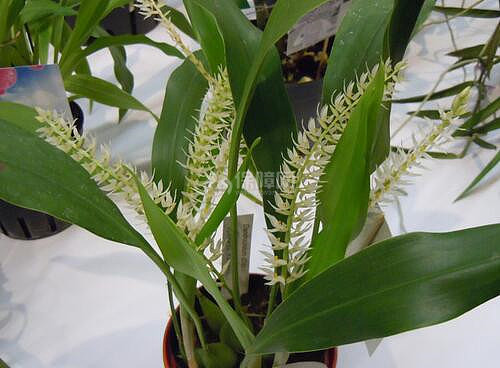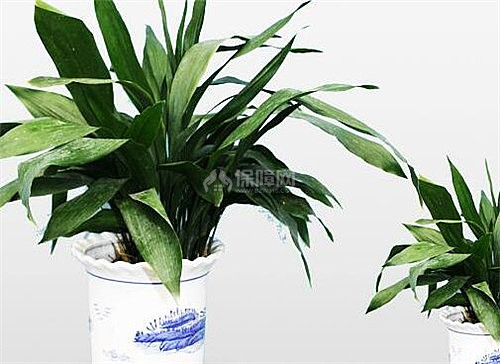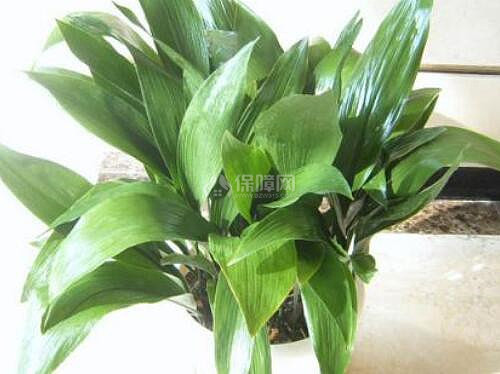The Culture method of Cymbidium angustifolia
As a kind of evergreen vegetation, one-leaf orchid can make you feel bright in spring even in winter. Therefore, many people like to use it to decorate new houses and halls. So what are the points for attention in the breeding method of one-leaf orchid? Let's take a look at it with the editor.
First, the culture method of one-leaf orchid:
1. Soil:
One-leaf orchid has no requirements for the soil in which it grows, but the soft and fertile slightly acidic sandy loam is the best. When potted, rotten leaf soil, peat soil and garden soil can be used as substrate.

2. Moisture:
The growing season should be often watered to keep the basin soil moist, and often bask in water on the leaves, because this will help it sprout and draw new leaves, and the amount of water can be reduced appropriately after the end of autumn.
3. Lighting:
A leaf orchid grows well in a place where there is no light, and it can be placed in a cool place, such as in the case of high temperature in summer, do not let the plant be exposed to the sun, otherwise its leaves will appear irreversible yellow patches, which will slow down its growth rate and decrease its ornamental value.

4. Temperature:
A leaf orchid is afraid of cold and likes warmth. Therefore, the growth environment should be kept between 20 and 26 degrees, and the temperature should not be lower than 5 ℃ in winter.
5. Ventilation:
Keep the surrounding environment ventilated during the growing season, because the orchid grows more slowly in winter, so this operation can be avoided at that time.

6. Fertilization:
Before planting, rotten leaves can be used as its base fertilizer, the dosage is four kilograms every two square meters, and the base fertilizer should be turned symmetrically deep into the soil. In the vigorous growth stage of spring, summer and autumn, the plant should be topdressing with thin fertilizer and water once a week, and fertilizer should be stopped in winter.
2. points for attention:
1. In the growing season, the orchid needs a lot of watering to keep the basin soil moist, and often bask in water on the leaves, because this will help it sprout and draw new leaves, and the amount of water can be reduced appropriately after the end of autumn.

2. One-leaf orchid should often apply liquid fertilizer in spring and summer, because it can keep the leaves bright. It can also be planted in the house all the year round, but it can not be placed in direct sunlight, either inside or outside the house; short-term sunlight exposure may also cause leaf burns and reduce ornamental value.
The above is all about the breeding methods and matters needing attention of one-leaf orchid. I hope it will be helpful to everyone.
Related
- Wuhan Hospital Iron Tree Blooming Result Was Instantly Frightened by the Gardener Master
- Which variety of camellia is the most fragrant and best? Which one do you like best?
- What is the small blue coat, the breeding methods and matters needing attention of the succulent plant
- Dormancy time and maintenance management of succulent plants during dormancy
- Minas succulent how to raise, Minas succulent plant pictures
- What are the varieties of winter succulent plants
- How to raise succulent plants in twelve rolls? let's take a look at some experience of breeding twelve rolls.
- Attention should be paid to water control for succulent plants during dormant period (winter and summer)
- Watering experience of twelve rolls of succulent plants
- Techniques for fertilizing succulent plants. An article will let you know how to fertilize succulent plants.



